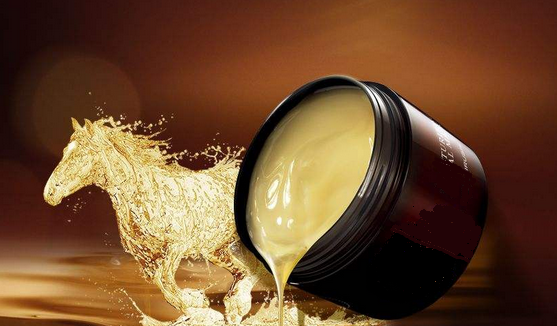Tobacco Potato Y Virus Disease
Symptoms are also known as tobacco bursitis and tobacco vein spot virus disease. Due to the different strains of the virus, they show different symptoms. There are mainly mosaic veins, veins, and chlorotic spots. The veins and veins are yellow-green mosaic mottled in the upper leaves of the tobacco plants, and the veins are light in color. The veins on both sides of the veins are dark green, forming obvious veins. In severe cases, rolling leaves or burning spots appear, the leaves are not mature, the color is not uniform, and the quality is declining. , Dwarf tobacco. Occurs in the lower part of the veins, yellowish-brown leaves. The main lateral veins appear grayish or red-brown necrotic from the leaf base. The petioles are brittle and the vascular bundles are browned. The stems are reddish brown or black with necrotic striations. The chlorotic spot type is similar to the vein type, but the upper leaves are chlorotic spots, and the lower middle leaves produce brown or white small necrotic spots. The spots are irregular, and when the spots are dense, the perforation or shedding occurs. Transmission routes and disease conditions Potato virus Y can be transmitted through locusts, sap, and grafting. Under natural conditions, maggots are still mainly transmitted through the virus. Mediator aphids mainly include cotton aphid, tobacco aphid, and potato tuber, etc., and are transmitted in a non-persistent manner. The virus can infect 34 genera and more than 163 species of plants, including Solanaceae, Polygonaceae, and Leguminosae plants. PVY mainly overwinters farmland weeds, potato seed potatoes, and other solanaceous plants. In the subtropics, continuous infection can occur on perennial plants. The transfer of maggots to fly to the tobacco fields is also important. The virus concentration in the infected plants was highest at 25°C, and the concentration was lowest at 30°C, and there was a hidden phenomenon. Younger tobacco plants are heavier than older strains. Locusts damage the heavy tobacco field. The weather is prone to drought. The disease is often mixed with CMV. Prevention and control methods to remove field weeds in time to reduce the source of overwintering bacteria. Pay attention to the layout of tobacco fields and potato, solanaceous vegetable fields. It is best to plant high-stem crops such as sunflower, corn and sorghum in the middle to prevent the migration of locusts and reduce the chance of transmission. For other control methods, see tobacco and cucumber mosaic virus disease.
Before gaining popularity as a beauty product, horse oil was used as a [folk medicine" in the days of ancient China.
Believed to be a remedy for burns, insect bites, cuts, asthma, foot
fungus, and even hair loss, the miracle oil was supposedly first brought
to Japan over 1,000 years ago. Because its properties are similar to
the oils naturally produced by human skin, it is easily absorbed by the
skin and is safe for people all ages, including infants. Due to its
effectiveness as a moisturizing agent and anti-irritant, horse oil
became especially popular in Hokkaido,
as it protects the skin from the region`s harsh climate and cold, dry
air. The vast expanse of land in the region made it easy to farm horses
for the oil.
The
product is made by extracting the oils from horse fat. Horses are
regularly farmed and raised for their meat in Japan, which is served in
the form of basashi (raw horse), so the animals are not
slaughtered solely for the purpose of a skincare product. Rather, they
are farmed for food, and their oil is a byproduct of this process.
Equine Beauty Products,Pure Horse Oil,Horse Oil Women Beauty,Fungasol Ointment Jiangxi Institute of Biological Products Inc. , https://www.jxinstitute.com
The pathogen Potato virus Y is called potato virus Y, abbreviated PVY, belonging to the potato virus Y group. The virions are linear and range in size from 730 to 79,012 (nm). Due to the different strains, the adaptability is also different. Generally, the passivation temperature is 55-65°C for 10 minutes, the dilution limit is 10,000-1,000,000 times, the in vitro virus protection period is 2-6 days (room temperature), and the individual strains can reach 17 days. Dry tobacco leaves can be toxic for 16 months at 4°C. There are many strains of potato virus Y. There are four strains of FVY that have been identified in tobacco in China: common strain (PVY-0), stem necrosis strain (PVY-NS), and necrotic strain (PVY-N). And chlorotic lines (FVY-Chl). Most tobacco areas in China are common strains. Potato virus Y produces wind-like inclusions in the cytoplasm, but there is no inclusion body in the nucleus, unlike the etch virus.
Horse Oil: History and Production
